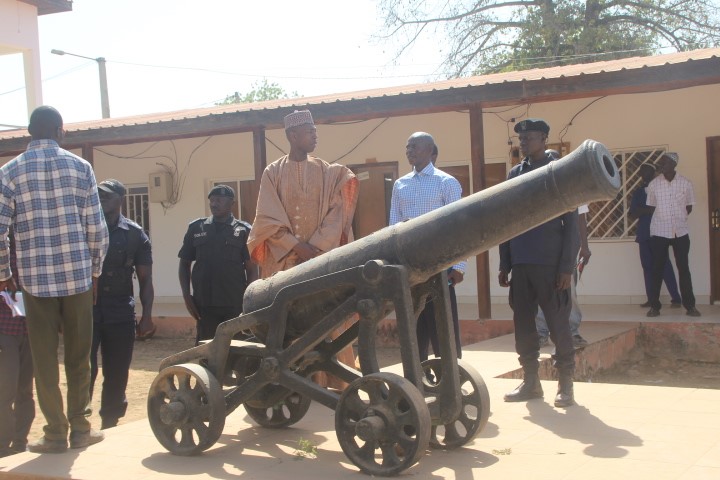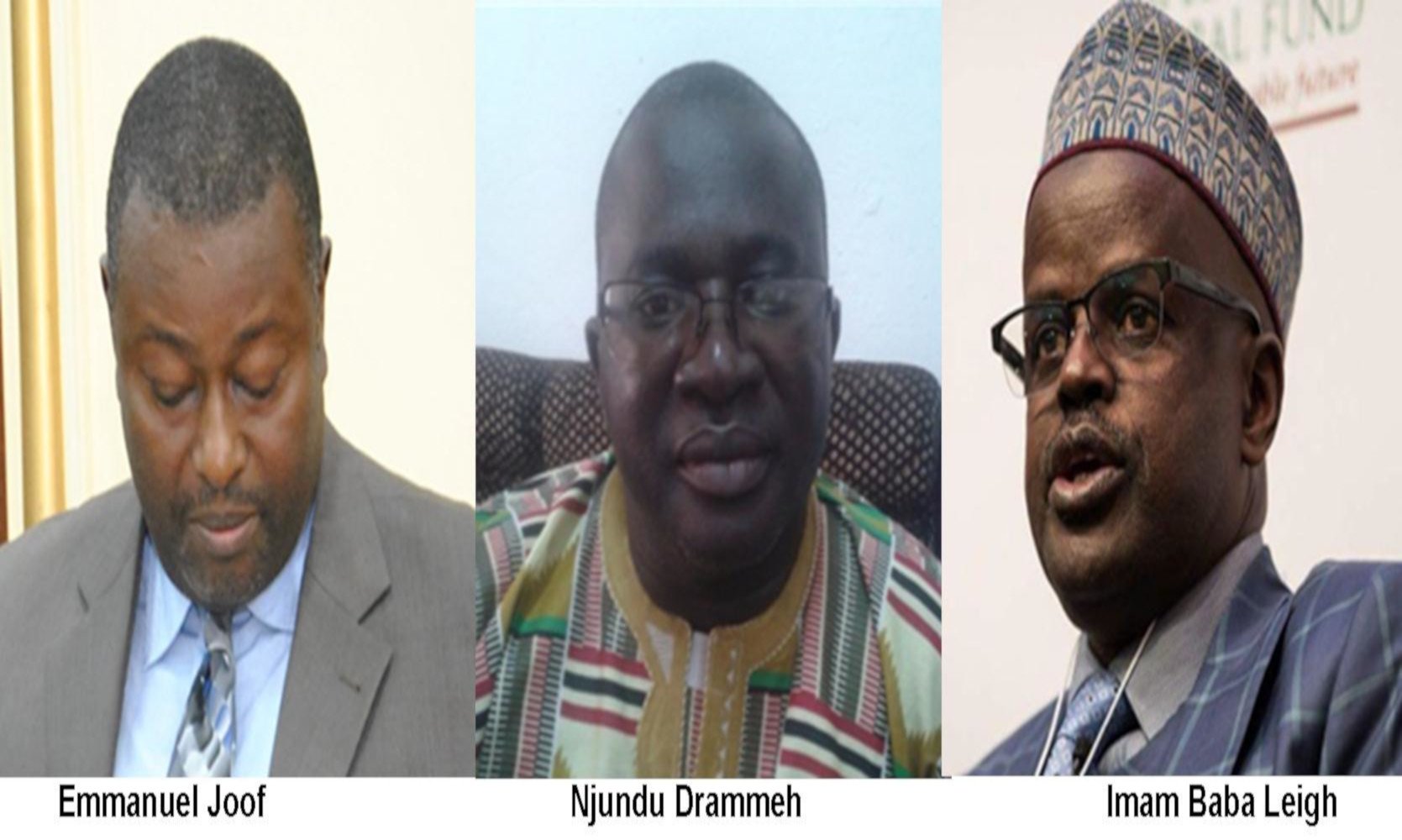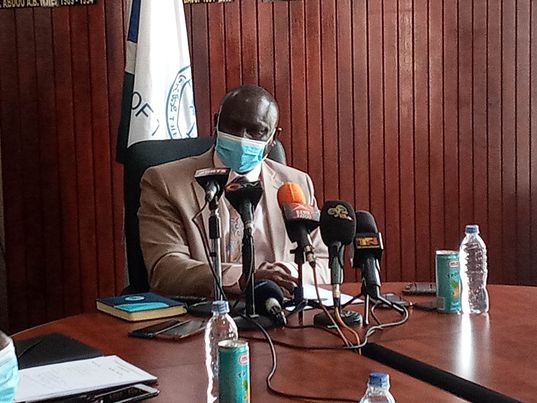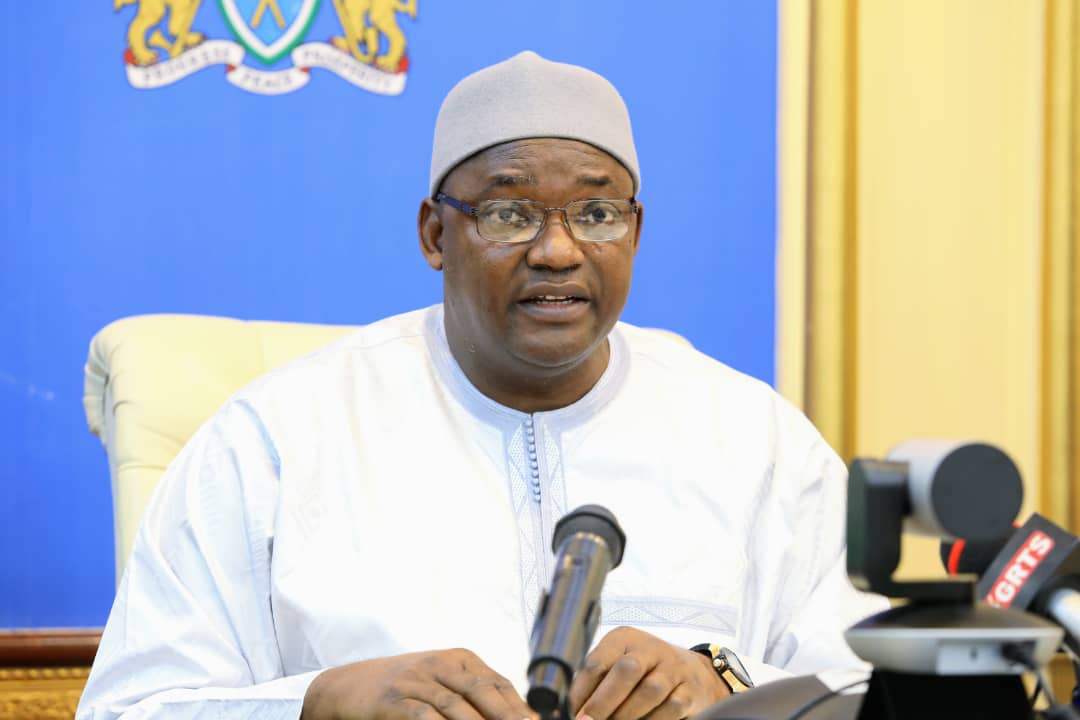By Yunus S Saliu
Bracing up for the bicentenary celebration of the establishment of McCarthy Island with an event tagged 200 Years of McCarthy Island Homecoming Festival, the Director General of the National Centre for Arts and Culture (NCAC) on a historical tour of the island has explained that McCarthy Island signifies freedom from slavery and it plays no part in the Trans-Atlantic Slave Trade.
Giving a detailed narration of the interesting story of the Island, Hassoum Ceesay, a historian and Director General of NCAC explained that the settlement itself is one part of the Kingdom of Niani which was one of the Gambia 8th independence State before the onset of the colonial role and was under the leadership of the Saballys for a long time as they were the leaders of the region.
“In 1823, the British wanted a place in the River Gambia after the destruction of Kunta Kinteh Island (former James Island). The British didn’t want to spend money to clear the island again it was so much destroyed by the French so they decided to have another place along the River Gambia where they will be able to settle, and the Island was negotiated by the same person who had negotiated the transferred of St Kombo Island called Bathurst and now Banjul the capital city of The Gambia today. He got the treaty signed with Sabally, the King of Niani for transfer of the possession of the Island to the British on the 23rd of April 1823,” he explained.
Meanwhile, it is worth noting that the British have always wanted McCarthy Island as far back as 1788 when the British tried to use McCarthy Island as a Penal Colony to bring the most hardened criminal thus the UK prisons were full.
“They wanted a place to offload these dangerous criminals, then they sent an advance mission to see if the McCarty Island was suitable but it was in opposition. They discovered that if they bring people to the island, they will die in large numbers because the island was unhealthy, full of mosquitoes in a hostile environment and the British MPs opposed the use of McCarthy as a Penal Colony because of these. Instead, they chose Australia as a Penal Colony.”
DG Hassoum added that before the arrival of the British on the Island it was occupied mainly by Marabous who learn and teach Qur’an education in a small hamlet on the island of McCarthy called Lemania (meaning faith in the Arabic language).
“In those days besides this marabou man who resided and had an Islamic school on the Island when you (anyone that) are stubborn is caught the King will send a such person to exile in the island. So having the British occupied the island in 1823 the establishment and settlement of Georgetown was named after King George and the island itself was called McCarthy Island after Sir Charles McCarthy the governor of British West Africa who died the following year in 1824. These are the names of the island but later on the name Janjanbureh emerged. According to the people of this historical island, they said the name Janjanbureh is for two people who had stayed on the island but in the archive, that information does not exist. But what is written is that Lemania and the hamlet settlement there before the British and when the British came they name the settlement Georgetown and the island as McCarthy Island,” DG Hassoum explained in detail.
He continued in his narration that immediately after the island was established the idea of repatriating the slaves to librated Africa become the new reason for the British settlement.
Among other reasons for the occupation of the island by the British was to have a place where some people who were freed from slavery would be resettled because, after the free abolition of the slave trade, people cannot go back to their villages for the fear of been killed or recaptured.
And also those already in America and Europe were free but the Europeans wanted them out of their countries and started bringing lots of pressure to repatriate this liberated Africa.
“So, some went to Freetown, some to Georgetown, and some to Berwick Town – now a settlement near Barra, a present-day where the Essau Health Center is located in North Bank Region, and it was a place for the liberated Africans while some were also taken to Lamin in Kombo,” the Historian added.
These first three areas – Georgetown, Berwick Town, and Lamin were the places these liberated Africans were taken and it is the link between the Georgetown and slave trade because “Georgetown did not play a part like James Island. There was no slave depot on the island but McCarthy Island is a place that signifies freedom from slavery. It didn’t play a part in the Trans-Atlantic slave trade,” he disclosed.
However, McCarthy is a well-planned island with different areas which include the commissioner’s office, governor’s office, prison, and government quarters and “till today, McCarthy is the only town in The Gambia that is well planned as you can see the streets are wide with a right angle in the streets. It was the capital of The Gambia. The Governor there then was independent and only answered to the King/Queen of England. That’s why he was called Manager of McCarthy Island this signifies how important the island is.”
After the declaration of the protectorate and the colony, McCarthy Island was incorporated into the Gambia colony.




